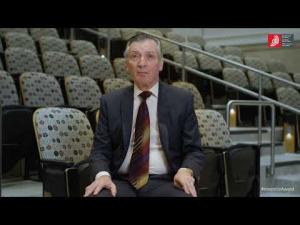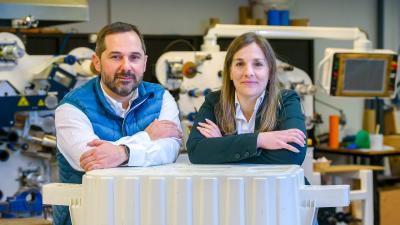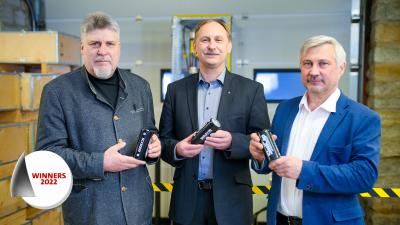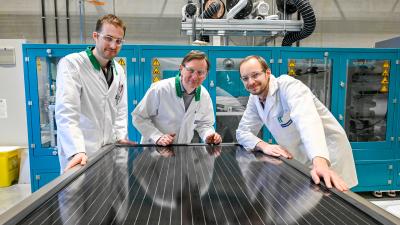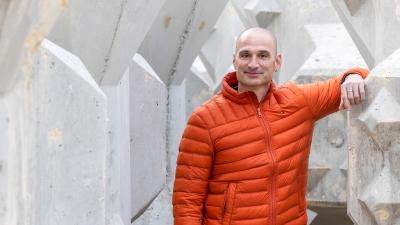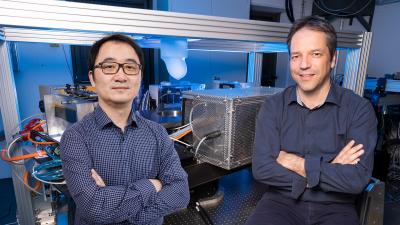Donald Sadoway
Liquid metal batteries for storing renewable energy
Winner of the European Inventor Award 2022
While lithium-ion batteries power billions of devices, they typically lose 50% of their storage capacity over 5 000 charging cycles. This means they may not always be the most effective long-term energy storage solution. Having spent his career in liquid metal technologies, electrochemist Donald Sadoway made a breakthrough by developing a battery that stores electricity in layers of metal melted at temperatures above 500°C.
As all key components in the battery are liquid, they do not suffer the structural damage that conventional batteries experience as charged atoms flow through them. Crucially, liquid metal batteries also retain 99% of their original capacity over 5 000 charging cycles. They could reduce the cost of storing solar and wind power on the electricity grid, leading to greater amounts of clean power consumed during peak load times. In many countries, this demand is currently met by burning natural gas.
Power up
Born into a family of Ukrainian immigrants in Canada, Sadoway studied chemical metallurgy at the University of Toronto before moving to MIT, where he became professor of electrochemistry. After twenty years in the aluminium and steel industry, he extended his research to the energy storage field. Ambri, the academic spin-off he founded with his graduate students in 2010, has raised over EUR 180 million (USD 211 million) and plans to launch their first product in 2023. In addition to research and entrepreneurial activities, Sadoway is a passionate educator who has delivered an award-winning series of lectures.
Media gallery
Patent numbers:
Press materials
Contact
European Inventor Award and Young Inventors Prize queries:
european-inventor@epo.org Subscribe to the European Inventor Award newsletterMedia-related queries:
Contact our Press team#InventorAward #YoungInventors




